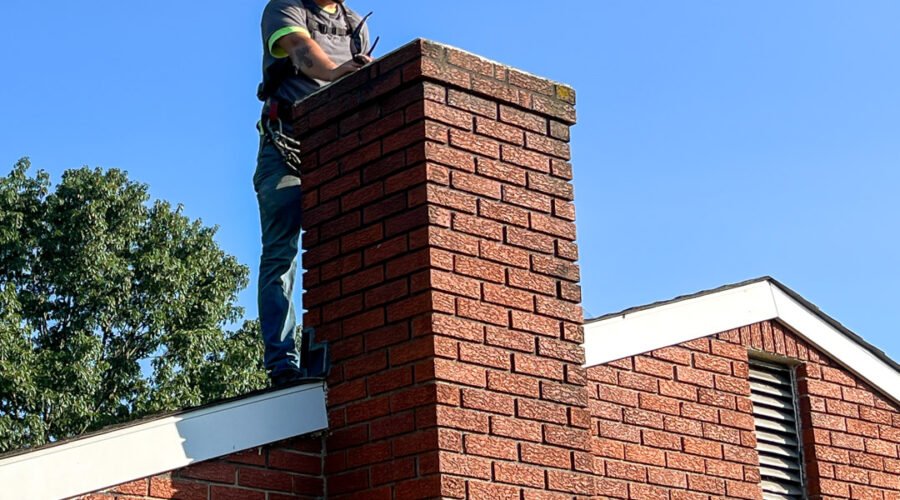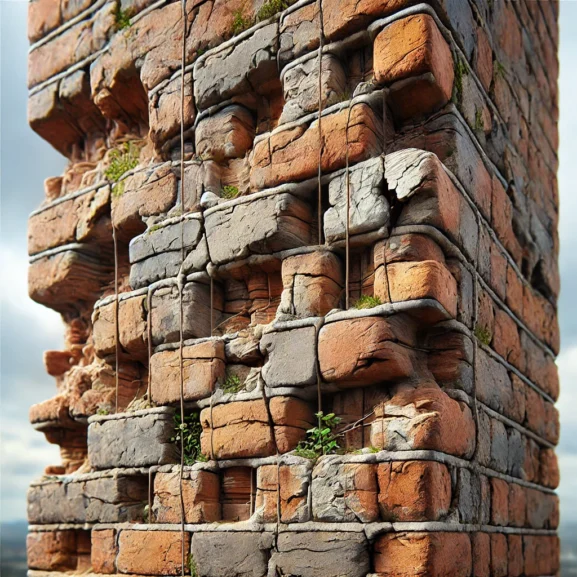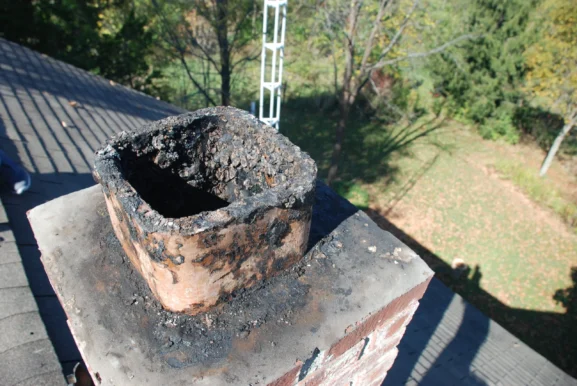How to Eliminate Unpleasant Odors from Creosote Deposits in Your Chimney
We’ve all experienced it—unpleasant odors wafting from the chimney or fireplace. Often, this unwelcome scent is a sign of creosote buildup. Creosote, a byproduct of burning wood, can accumulate in chimneys over time, leading to not just foul odors but also potential fire hazards. It’s crucial to understand why these deposits form and how they contribute to the smell invading our homes.
In this text, we’ll explore the causes of creosote buildup and its impact on indoor air quality. We’ll also discuss effective ways to manage and prevent these deposits, ensuring our homes remain safe and odor-free. By addressing the problem head-on, we can enjoy the warmth of a fire without the unwanted side effects. Let’s investigate into the world of creosote and uncover the best practices for keeping our living spaces fresh and secure.
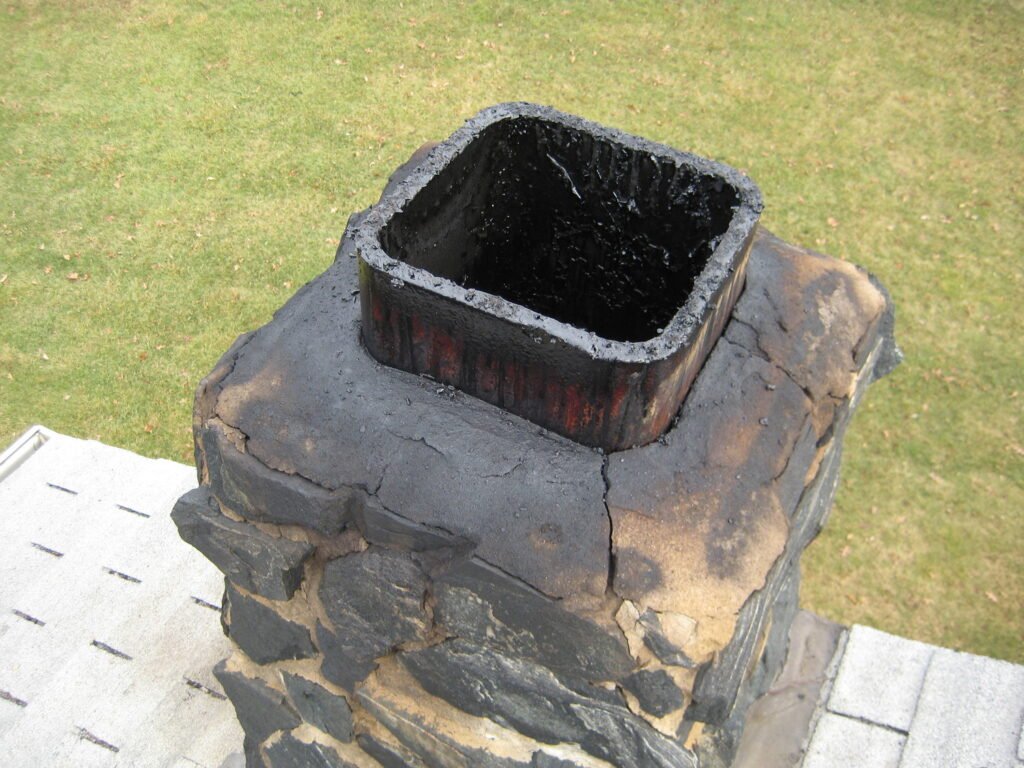
A Comprehensive Guide to Creosote Deposits in Chimneys
Creosote buildup in chimneys can cause some unpleasant surprises, including those unwanted smoky odors. But creosote doesn’t just smell bad—it’s a fire hazard too. Let’s learn more about these pesky deposits.
What Is Creosote?
Creosote is a sticky, tar-like substance that forms when wood burns incompletely. It likes to cling to your chimney walls, inviting unwanted chimney odors into your home. When there’s too much, it can even create hazardous fumes or start a fire. Fireplace cleaning is essential to keep these unwelcome guests at bay. Don’t let creosote trick you with its sticky situation. Instead, contact fire safety professionals for more information on managing creosote, and avoid DIY disasters!
How Creosote Forms
Here’s the scoop on how creosote builds up: when you light a fire, burning wood releases gases. These gases, also known as combustion byproducts, travel up the chimney. If the chimney isn’t warm enough, the gases cool down, forming solid creosote particles. This soot accumulation makes those infamous burning wood smells worse, impacting indoor air quality. A little fireplace maintenance can go a long way in smoke odor control. Chimney inspection is essential for keeping your home safe and efficient during the colder months. For help with inspections or creosote removal, reach out to trusted professionals who understand local chimney needs.
Sources of Unpleasant Odors
Creosote buildup isn’t just a fire hazard; it’s a major source of chimney odors. When wood burns, it releases flue gases that can cool and form a sticky, tar-like substance on chimney walls. This leads to unpleasant odors that seep into our homes.
Chemical Composition of Creosote
Creosote consists of tar, soot, and other combustion byproducts. Tar causes the distinctive burning wood smell. Fireplaces burning unseasoned wood produce more tar, increasing unpleasant odors. Soot accumulation is another culprit, settling on surfaces and emitting smoke odors. Interestingly, creosote can even smell like burning rubber or asphalt when heat is applied.
Creosote removal removes these odor sources and improves indoor air quality. Fireplace cleaning and chimney inspection help prevent buildup. But, creosote is hazardous, and handling it requires professional expertise.
Environmental Factors
Several environmental factors influence chimney odors. Humidity makes odors linger, especially in regions where winters are moist. Wind direction plays a role too; it can push smells back into homes.
Venting systems greatly impact odor control. Properly installed venting helps release combustion byproducts outside. Otherwise, odors from burning wood seep indoors. Hazardous fumes may affect respiratory health, making regular maintenance crucial. Consider our services for consistent odor mitigation.
Health Effects of Creosote Odors
Creosote odors may bring more than just an unpleasant smell into our homes. These noxious fumes affect our health too.
Short-Term Health Impacts
Short-term exposure to creosote odors can cause immediate discomfort. It’s like being stuck in a room with someone who forgot to shower. The burning wood smells or soot accumulation can lead to:
- Eye irritation
- Coughing or sneezing
- Mild headaches
These symptoms might seem like just annoyances, but they’re warning signs of poor indoor air quality. Imagine you’re trying to enjoy a cozy fire, but instead, you’re reaching for a box of tissues. Coughing and sneezing every time you light up feels worse than being “the one” in a stuffy elevator. If these symptoms continue, consider scheduling a consultation with a professional.
Long-Term Health Concerns
Long-term exposure can lead to serious health risks. Creosote odors aren’t just a nuisance; they’re potentially hazardous fumes that should get the boot.
Here’s what longer exposure might cause:
- Respiratory problems
- Increased cancer risk
- Skin irritation with contact
Breathing these fumes over time feels about as fun as stepping on flaming Legos. Chimney odors can hang around like unwanted guests, especially during winter heating. Proper fireplace maintenance and regular chimney inspection can help prevent these risks.
Odor Mitigation Techniques
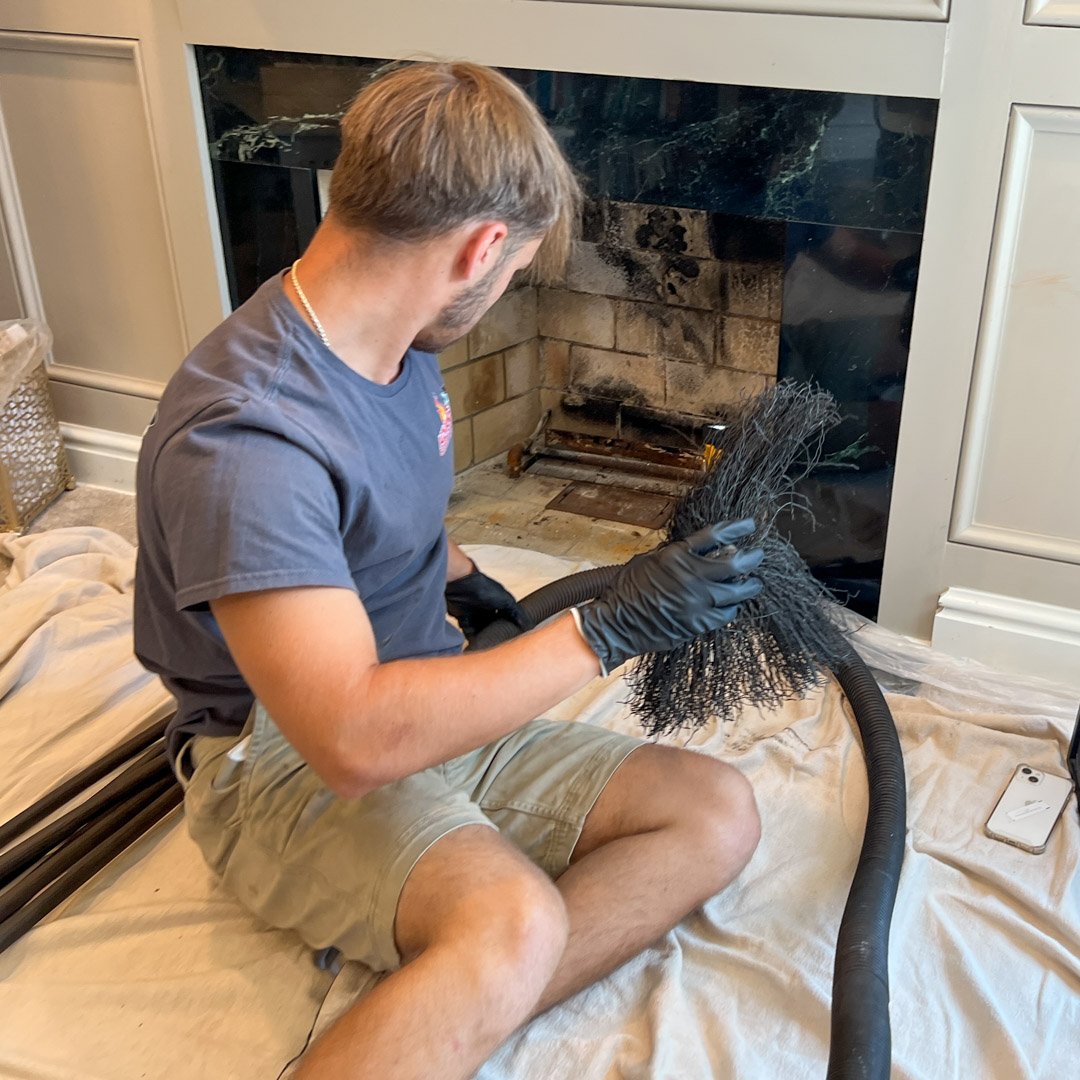
Removing the smoky caress of creosote odors doesn’t require wizardry, just a touch of professional magic. Chimney odors can impact indoor air quality if not handled efficiently. We know a few tricks to help make these smells vanish.
Professional Cleaning Methods
Professional chimney cleaning tackles creosote buildup and covers more than fireplace cleaning. Our team scrubs away soot accumulation, targeting those hard-to-reach spots. Removing creosote deposits dramatically cuts down on chimney odors and improves smoke odor control.
Why get messy with DIY solutions? Calling in the pros will ensure both odor mitigation and enhanced safety. Our cleaning process addresses hazardous fumes and improves venting systems, reducing creosote treatment-related risks. In fact, regular cleaning is a crucial part of comprehensive fireplace maintenance that prevents fire hazards.
For those battling winter heating issues, our chimney inspection services cover unique regional challenges. Don’t let burning wood smells cramp your style.
Prevention Strategies
Unpleasant odors from creosote deposits can ruin the cozy vibe of a fireplace. Maintaining a fresh indoor atmosphere requires a proactive strategy.
Regular Maintenance Tips
Regular maintenance is crucial for managing creosote buildup and preventing chimney odors. A professional chimney inspection, at least once a year, helps spot trouble before it starts. Scheduling a fireplace cleaning can reduce soot accumulation and creosote deposits. Use seasoned wood to minimize the burning wood smells that worsen indoor air quality.
Here’s a quick checklist for fireplace upkeep:
- Annual chimney inspection
- Regular fireplace cleaning
- Use dry, seasoned wood
- Prompt creosote removal
For a safe, odor-free home, consider reaching out to a professional to schedule a consultation. For additional fire safety tips, visit the National Fire Protection Association and Chimney Safety Institute of America.
Alternative Heating Options
Consider alternative heating options to reduce reliance on fireplaces, especially during brisk winter. Electric fireplaces, for example, offer a smoke-free, creosote-free heating experience. They keep your home warm without the pesky wood smoke smell or hazardous fumes. Gas fireplaces are another excellent choice, with controlled venting systems that cut down on harmful combustion byproducts.
Benefits of alternative heating:
- No creosote buildup
- Reduced smoke odor control issues
- Enhanced safety without flue gases
Choosing the right heating option can significantly improve respiratory health risks and overall air quality. Explore these alternatives to enjoy warmth without the worry of creosote treatment. For questions or to explore heating options, contact a professional for guidance.
Effective Solutions for Eliminating Creosote Odors
Addressing unpleasant odors from creosote deposits is crucial for maintaining a safe and comfortable home environment. By prioritizing regular chimney inspections and professional cleaning, we can effectively manage creosote buildup and enhance indoor air quality. Understanding the role of environmental factors and choosing seasoned wood helps in minimizing odor issues. Embracing these preventive measures ensures our fireplaces remain a source of warmth without compromising safety. Exploring alternative heating options further supports a fresh, worry-free home atmosphere. Let’s take proactive steps to enjoy our fireplaces responsibly and safely.
Frequently Asked Questions
What causes unpleasant odors from fireplaces and chimneys?
Unpleasant odors from fireplaces and chimneys are often caused by creosote buildup. Creosote is a sticky, tar-like substance formed when wood burns incompletely, accumulating on chimney walls. This buildup not only causes foul smells but also poses fire hazards. Environmental factors such as humidity and wind direction can exacerbate these odors, making regular cleaning and inspections essential.
Why is creosote considered dangerous?
Creosote is dangerous because it consists of tar, soot, and other combustion byproducts that can ignite under high temperatures, leading to chimney fires. It also affects indoor air quality, with potential short-term health impacts like eye irritation and headaches, and long-term risks including respiratory problems and increased cancer risk.
How can creosote buildup be prevented?
Preventing creosote buildup involves regular maintenance such as annual chimney inspections and professional cleanings. Using seasoned wood helps minimize tar production, reducing unpleasant odors. Properly installed venting systems also prevent odors from seeping indoors, ensuring better air quality and safety.
What are the health effects of exposure to creosote odors?
Short-term exposure to creosote odors can cause symptoms like eye irritation, coughing, and headaches, signaling poor indoor air quality. Long-term exposure increases risks for more serious health issues such as respiratory problems, skin irritation, and even cancer. It’s vital to address creosote buildup to protect your health.
How can homeowners eliminate chimney odors effectively?
To effectively eliminate chimney odors, professional chimney cleaning is recommended over DIY solutions. Professional services tackle creosote buildup and improve smoke odor control, enhancing safety by addressing hazardous fumes and venting systems. Regular cleaning is crucial to maintain a fresh and worry-free indoor environment.
Are there alternatives to traditional wood-burning fireplaces?
Yes, there are alternatives to traditional wood-burning fireplaces, such as electric and gas fireplaces. These options eliminate creosote buildup and smoke odors, improving indoor air quality and safety. They provide a worry-free heating experience, reducing reliance on wood-burning methods and enhancing home comfort.
Who should residents contact for chimney maintenance?
Residents should seek professional chimney cleaning and maintenance services for effective creosote removal and inspection. Booking a consultation can help ensure a safe and fresh indoor environment, with specific services available to address winter heating challenges and prevent fire hazards.
